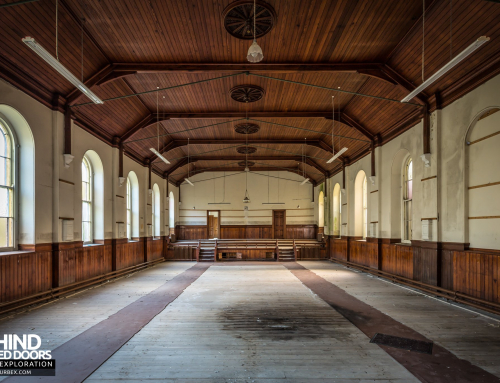(COMMENT AT END: we’ve had to suspend comment function because of spam attacks)
You know what? I just don’t think Sunnyvale, California is the right base from which to save the world with Tech.
Advanced Micro Devices (AMD) and Architecture for Humanity have announced a $250,000 competition for the design of technology centers in the developing world.
Dan Shine, director of the AMD’s 50×15 Initiative, says “the creative designs developed in this competition will contribute to our ambitious goal of connecting 50 percent of the world’s population to the Internet by 2015.”
Had the organisers spent more time in South Asia, or in Africa, they’d be aware that six million mobile phone accounts are being opened each month, just in India, right now, today, without the participation of a single “technology centre”.
The explosion in cell phone usage is even more pronounced in Africa – from just one million in 1996 to 100 million users today, and rising exponentially.
AMD’s 50% figure is likely to be reached years before 2015 because of the smart ways poor people share devices and infrastructures.
Shine says that the prize will be for the design of a “sustainable technology facility and community center which incorporates a centralized building equipped with internet connectivity solutions designed to enable an entire community to access the transformative power of the Internet”.
That’s two uses of the word “centre” in a single sentence. The words “old” “western” and “paradigm” spring to mind.
AMD’s new competition is as misguided as the $100 laptop project. It’s based on an outdated model of individual device ownership that may seem normal at the TED conference in Monterey, but has little to do with daily lives of the people it’s supposed to benefit.
The press release concludes that “we are challenging the creative world to design innovative structures”.
That challenge, too, is misguided. Amazingly innovative structures are already emerging in Africa and South Asia. As Aditya Dev Sood told us last week in Delhi, mobile communication is revolutionizing economic and social life in rural India, spawning a wave of local entrepreneurs and creating greater access to social services.
Amazingly, poor people are managing to do this without the participation of the “creative world”.
Check out the new study by The Center for Knowledge Societies (CKS) commissioned by Nokia.
COMMENT
Cheap phones and falling per minute charges in India
and elsewhere don’t mean that public places for people
to gather and use new-ish technologies are not useful.
Cheap paperbacks and Amazon did not close public
libraries. Video Volunteers in NYC have a successful
community video unit in India, and telecenters (just
about everywhere) have been important gathering places
for people to do other activities than go online.
Shared access to resources is more than a cost-saving
device. Media Labs like Waag and De Balie in your
town(Amsterdam) have partnered with places like Sarai
in Delhi and certainly serve a local purpose too.
While I’m critical of some parts of the XO (former
$100 laptop) project, I think you might catch up on
what’s happening with it before you dismiss it.
All that said, I will conceded that some really odd
tech projects have been deployed in developing
countries. LINCOS in Costa Rica and the expensive ITU
telecenters in Mali and Uganda. And writing from San
Jose I would agree that the best designs may not hail
from Silicon Valley.
-Steve Cisler
Steve,
Thanks for that. The comparison is with deBalie and Waag would suggest I over-reacted. But these two Amsterdam organisations are political-cultural centres. Technology was added (in Waag’s case, c700 years after it was built) as extra infra, not as their raison d’etre. In the case of Africa and South Asia I make no claim to superior expertise on appropriate technology; it’s just that wise people on the ground have hammered it into my head repeatedly that progress starts with people, collaborating, not just with the arrival of tools. JT




